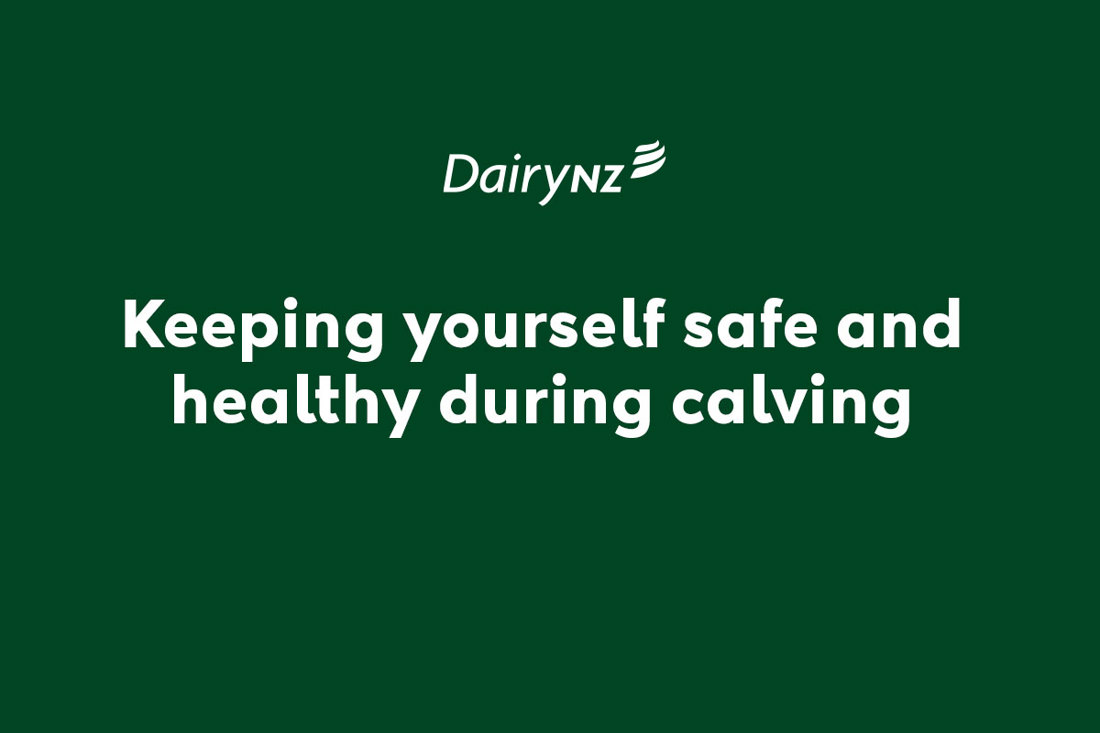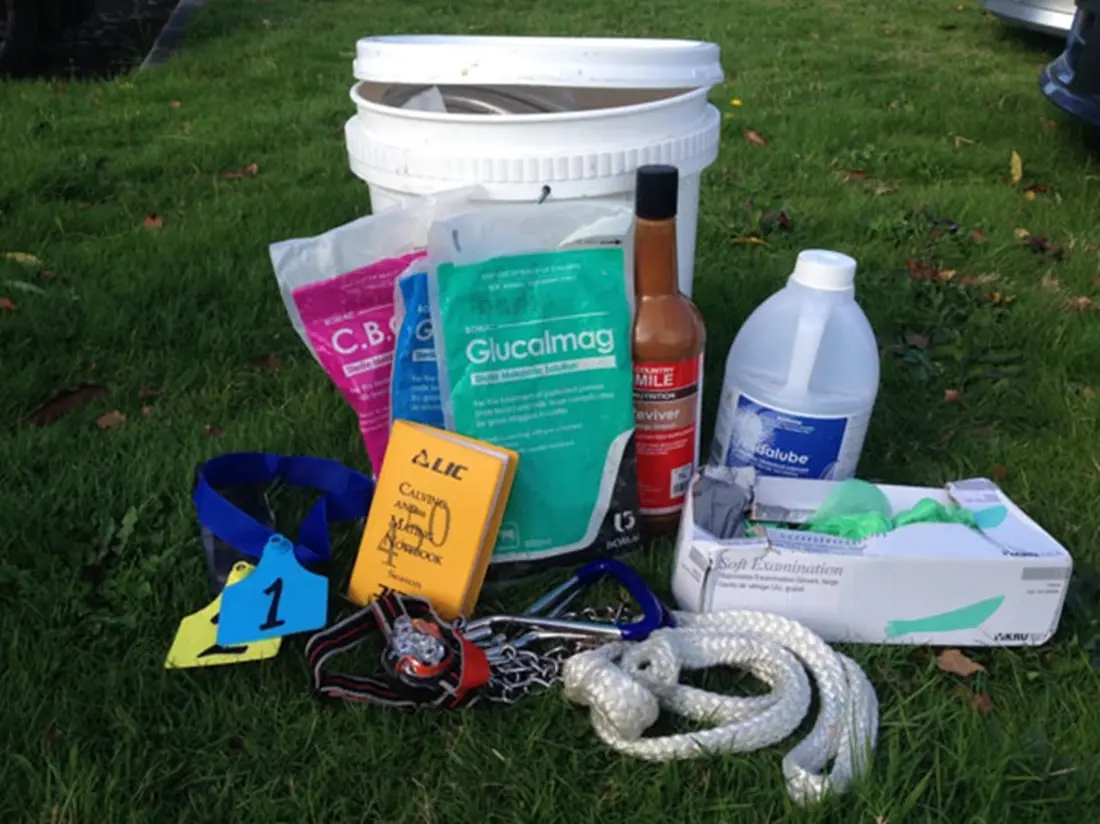Setting up for Calving
3 min read
Planning and preparing for calving with your farm team will reduce stress when calving is in full swing and will help keep everyone safe and healthy. Calving is one of the busiest times of the year. Spend time with your team prior to calving to create a plan that works for everyone, and the results will follow. Ensure you have everything you need prior to calving to help reduce stress, keep you on track from the get-go, and to create better outcomes for your team and animals.
To get your team on-board and performing at their best during calving they need to understand what you are trying to achieve and why. Share clear expectations and ensure there is time to recharge to maintain productivity on farm.
Ensure your team know why you do things, how you’ll do it together and what you are trying to achieve. Work with your team to identify injury risk areas on your farm and potential solutions. Make sure the roster is achievable - adequate and regular time off to rest and recharge, helps to prevent fatigue which can lead to mistakes or compromise health and safety. If casual or relief staff are part of your plan, make sure you have access to them when you need them. Discuss and plan any upskilling your team members will need - this includes introducing new staff to your systems and processes.
Ensure all the appropriate PPE and tools are available for your team - this includes having the right footwear for the job with good grip, support and comfort. Think about the best equipment to use for calf pickup, and for transferring heavy loads of milk and feed to calves. Here are some good solutions you can implement on your farm to reduce the risk of injury when handling calves.
Work as a team and lead by example. Create a list of items you need for calving, and daily/weekly tasks to be completed, so everyone can help achieve them. Watch for signs of stress and fatigue. If you do notice any stress or fatigue, be proactive in dealing with it. Hold regular team meetings - 5-minute stand-up meetings are most useful at this time of year so that everyone gets the same message and any minor frustrations can be dealt with. Use a simple agenda of 'what happened yesterday' and 'what’s happening today'.
Keep timesheets for all employees - it is good practice, and you can reflect on them later to plan for next season. Keep talking, coaching, and providing feedback, don’t forget to celebrate success!
The video below outlines some of the key areas to be mindful of during calving and how you can keep yourself and your team safe and healthy over calving.

Well-stocked calving kits will save you making trips between the paddock and the shed. Keep your calving kit at the gate of the springer paddock or in your farm vehicle. Make sure that everyone knows where they are and can access one easily.
Tape a checklist of contents inside the bucket and have a team member in charge of making sure it is restocked regularly.

Calving kit.
Clearly labelled milk fever treatments and starter drench.
Remember to clean after each use.
A plunger pump is an easy way to dispense lube.
A pencil will still work in wet conditions, unlike a pen.
Pre-numbered tags save time and reduce recording mistakes.
Red can indicate a warning. E.g. withhold milk. Communicate this with staff.
Do not use teat dip as an alternative.
Vet, manager, etc., on a laminated sheet.
The transition period is a significant time for the cow, and how you manage your cows as they prepare to calve can impact on how quickly they recover post-calving. Here’s a few tips to help you set your plan for calving:
Now’s the perfect time to check in, plan, and set up for a strong season. We’ve pulled together smart tips and tools to help you stay ahead all winter long.
Whether you prefer to read, listen, or download handy guides, we’ve got you covered with trusted tools to support your journey every step of the way.
Put our proven strategies and seasonal tools to work. Boost production, support animal health and watch your profits hum.
Tools that are backed by science, shaped by farmers and made for this season.
That’s Summer Smarts.